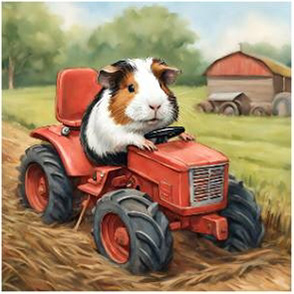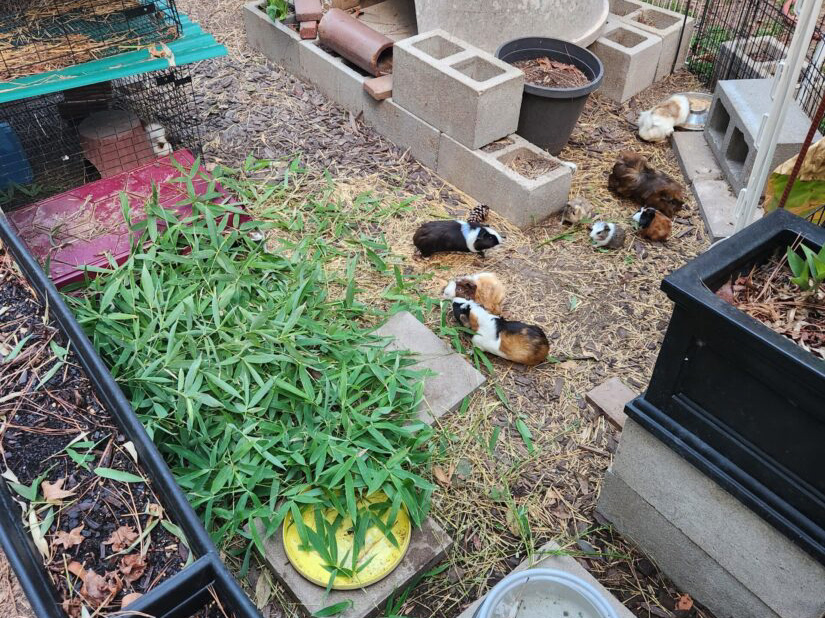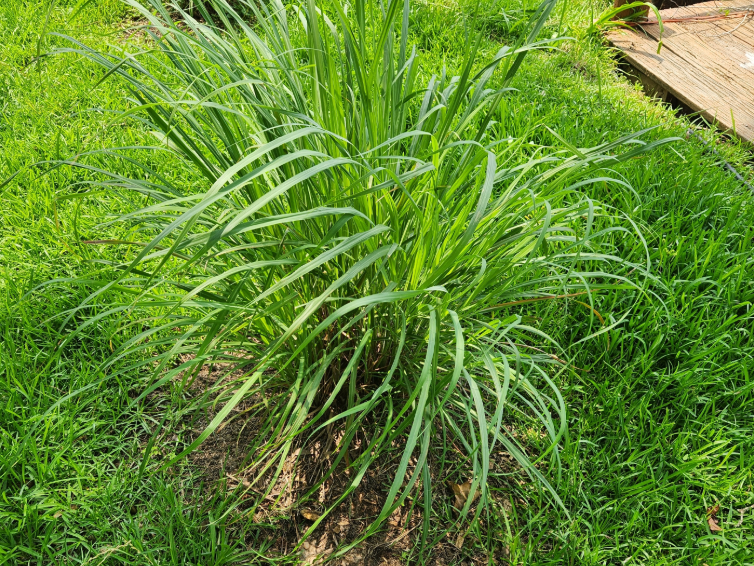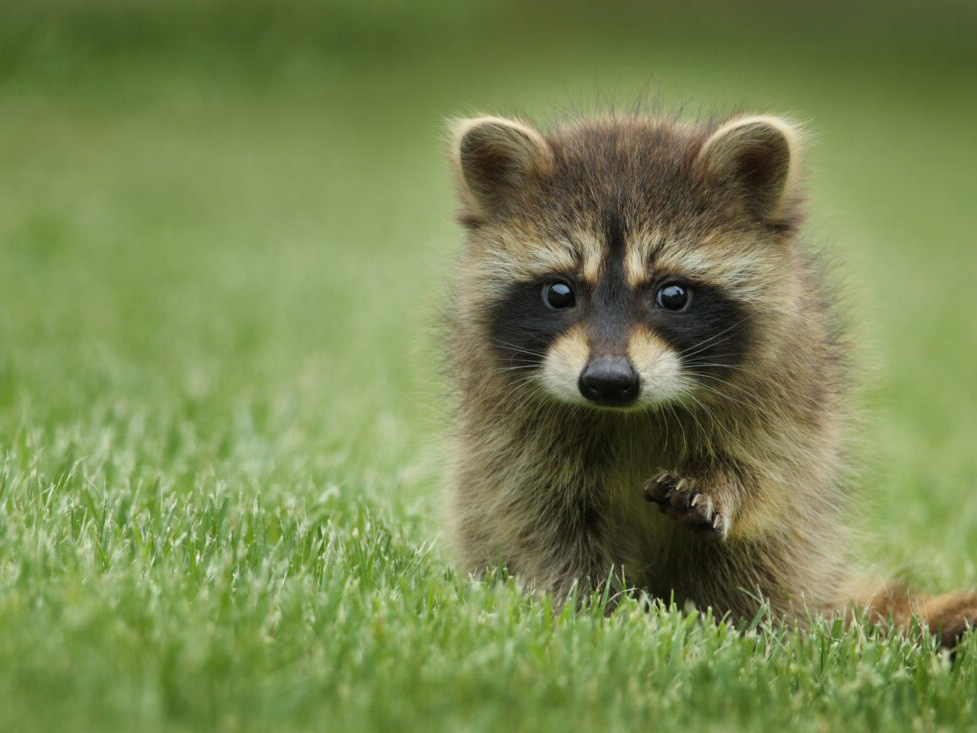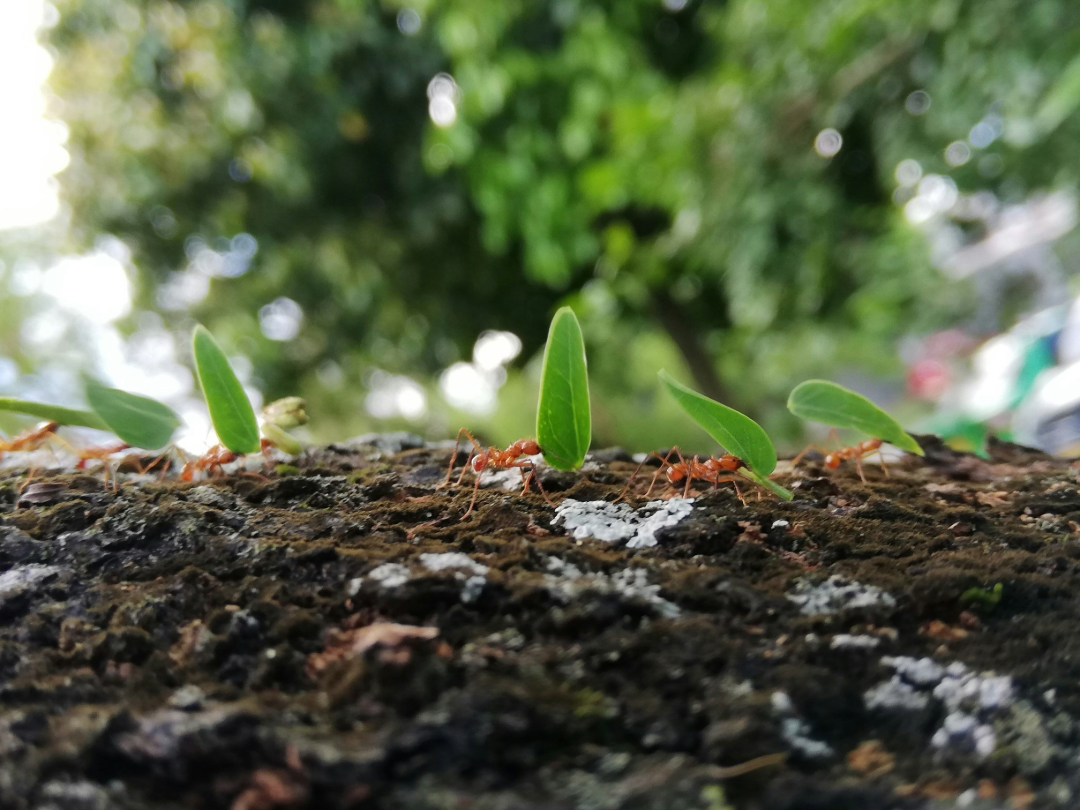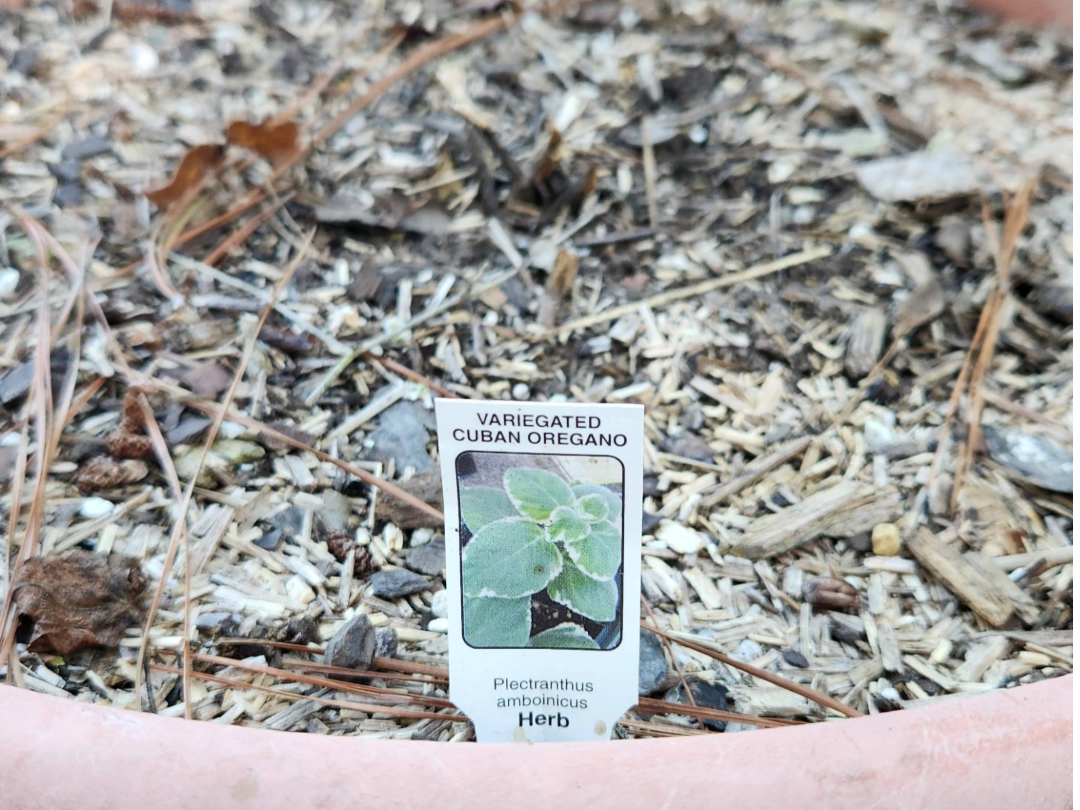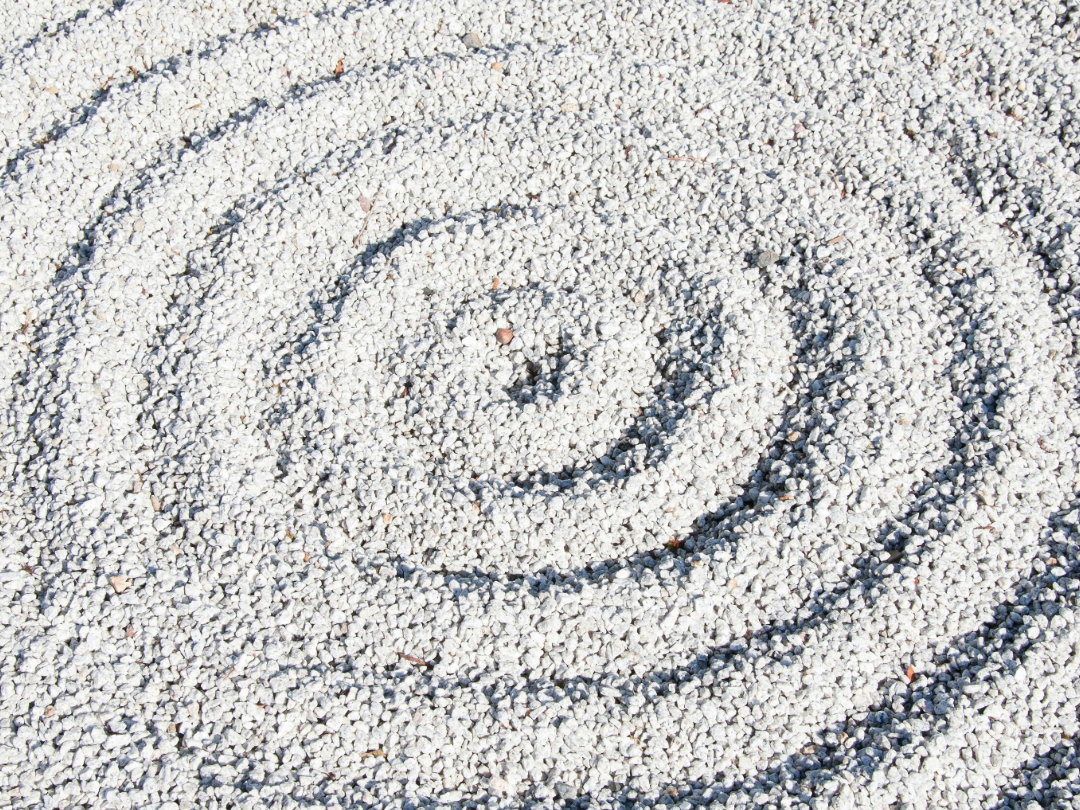Hello friends, welcome, it’s your Guinea Pig Gardener here. Let’s talk about guinea pigs outdoors and herd management. A few years ago, I started keeping guinea pigs outside when I started running out of food for a guinea pig I was asked to adopt. At the time, I wasn’t working and hadn’t been for a while. However, the previous owner had offered to pay for the food, so I agreed to adopt Oakley, my first guinea pig. Oakley was a long-haired guinea pig. He had also been living on his own for some time. Initially, I kept him indoors. His cage needed cleaned every couple of days as well.
Discovering Guinea Pigs: From Research to Outdoor Shelter
Guinea pigs were new to me, so I started researching online. While doing this I found a lot of contradicting information, so I decided to learn about them through hands-on experience. One thing I was certain of was that guinea pigs are herd animals, and that Oakley needed some friends other than me. Additionally, I knew he needed a constant supply of hay to chew on, which worked out well, since I was living in a hay field. Due to my financial situation, I could not afford to buy him food, It was then that I decided he would have a better chance of surviving outside. Using an old rabbit cage from our barn I made him a shelter outside with the chickens.
Finding Out the Hard Way
After a week or two, I was surprised by how well Oakley adapted, even with his long hair in the Texas heat. Encouraged by his success, I took the next step and searched Craigslist to find him some friends. I ended up getting another male and two more females. Unfortunately, this led to some complications as Oakley and Captain One-Eyed Jack Sparrow began to fight, which is how Jack got his name. I quickly separated them and gave each of them a female friend. Soon enough, I had a whole herd of guinea pigs, and the little ones even found a way to escape the chicken run. This went on for a few weeks until I found myself overwhelmed and decided to catch all the escapees and list them online.
Lessons Learned
Soon I realized the mistake I had made when I had to use the string trimmer to weed around the barn. It was then I told myself I needed more guinea pigs, and that is when my adventure truly began. Over the past few years, I have learned a lot about guinea pigs, things you might not hear from anyone else. For instance, I’ve discovered how to keep them cool in the middle of summer in a micro climate nine garden zone on a 7-acre hay field with only six trees, and how to keep them warm during the rare freezing temperatures here. In this blog, I will be sharing my trials and tribulations, and you’re welcome to follow along and learn from my experiences.
A New Beginning
Some of you may have seen my previous content and know that I have taken a break from reaching out through my other media Platforms, and for good reason. While I am active on other platforms, my primary focus will be on this blog and YouTube. I aim to keep my engagement primarily funneled through these platforms. Subscription forms and a means for questions will be available. Do you have any questions you would like to ask? I eagerly await hearing from all of you. Sincerely, Your Guinea Pig Gardener
Join the Private Guinea Pigs (Outdoors Only Group) on Facebook!
FAQ
“How do you manage the Texas heat for your guinea pigs during the summer months in a micro-climate zone 9?“
Shade under shade is key to beating the heat in Texas. A cage full of hay that is about 6 inches off the ground works too. Animals need to warm up with the day as well. Taking a guinea pig from an air conditioned space and putting them outside when the sun is high could be fatal.
” Are there tips for keeping guinea pigs warm during freezing temperatures, considering your specific circumstances?”
Cages stuffed full of hay help. Hay is a good insulator so not only can they eat it they can make tunnels in it during the cold or get under the cage during the heat.
“Could you share your insights on introducing new guinea pigs to an existing herd, especially if conflicts arise?”
Give them plenty of space or close but separated. The males here are free range but they like to check up on the ladies and that keeps them from going far even though they are free to roam about. The ladies here have a pretty big habitat but having the ability to separate or isolate animals is always a wise choice to make in order to maintain control of their situation.
“What are some creative ways you’ve designed shelters and enclosures for your guinea pigs in an outdoor setting?”
Cinder blocks with plant containers on top, and half shell dog houses on top of concrete pads are excellent ideas. Use cinder blocks to block the doors, limiting access from bigger animals. You can even take the blades off your old lawn mowers and they will use the blade housing for shelter.
“Tell us more about your experiences with the guinea pigs’ interactions with the chickens. How do you ensure their safety and harmony?”
By giving them plenty of space to be able to get away from the chickens. The males often eat the chicken food with the chickens when I feed them. Guinea pigs will also keep the field mice and rats away but not the snakes.
“How do you manage the escapees from the chicken run and maintain the overall safety of your guinea pigs?”
No escapees here because the chickens free range as well.
“Are there any misconceptions about guinea pigs that you’ve come across in your journey?”
The process of decomposition and the complications it can cause when harvesting fresh vegetation for guinea pigs grass especially can cause complications in both chickens and guinea pigs. This is a very complicated subject that I am not prepared to delve into at this time. Be sure to follow along as I will address this topic in depth soon.
“Can you share your insights into the dietary needs of guinea pigs, especially given your unique situation?”
Absolutely
Hay: High-quality hay, such as timothy hay, should form the foundation of a guinea pig’s diet. Hay provides essential
fiber, which aids in digestion and maintains healthy teeth. Guinea pigs should have unlimited access to hay at all times.
Fresh Vegetables: Provide a variety of fresh vegetables daily. Some suitable options include leafy greens like kale, spinach, and romaine lettuce, as well as bell peppers, cucumbers, and carrots. These vegetables supply essential vitamins and minerals.
Pellets: Choose high-quality, plain pellets specifically formulated for guinea pigs. Pellets should be low in calcium and contain vitamin C, as guinea pigs are unable to synthesize this vitamin on their own. Pellets should make up a smaller portion of their diet compared to hay and vegetables.
Vitamin C: Guinea pigs require vitamin C for their overall health. Since they can’t produce this vitamin internally, it’s important to provide them with a daily source. Fresh fruits like oranges, strawberries, and bell peppers are good options.
Water: Fresh, clean water should always be available to guinea pigs. Make sure the water is changed daily to ensure its freshness.
Treats: While treats should be given sparingly, they can include small amounts of fruits, like apples or berries. Avoid sugary or high-calcium treats.
It’s important to note that guinea pigs have sensitive digestive systems. Introduce new foods gradually to prevent stomach upset. Additionally, be mindful of portion sizes to prevent obesity and related health issues.”
“What advice do you have for individuals considering adopting guinea pigs for the first time, especially in outdoor settings?”
Only let the males free range to help with population control. Last but not least you will want a fake owl to keep birds of prey away. Your Owlbert will need to be moved from time to time. Especially if you start hearing hoots or screeches. Make sure Owlbert is looking in the direction of the bird calls. It’s important to note the eyes on Owlbert are what keeps birds of prey away.
“Could you talk about the role of enrichment and mental stimulation for guinea pigs living outdoors?“
Well, I like sitting on the porch here at the GPG and watching them mow the grass and weed the garden as opposed to me having to do it. That is the best part about keeping guinea pigs outdoors!
“In fields of green where guinea pigs roam, A story of care finds its home. With Oakley as our guiding light, We embarked on a journey, pure and bright.
Through days of sun and nights of chill, We’ve learned the art of guinea pig skill. Managing a herd with love and grace, Creating a haven, a nurturing space.
From contradictions, wisdom grew, Hands-on lessons, tried and true. Now we share tales, both big and small, To guide others, one and all.
Join our circle, be a part, Let the magic touch your heart. In newsletters, secrets unfold, As the guinea pig story continues to be told.
So take this hand, join our crew, In the world of guinea pigs, where dreams come true. With every whisker and joyful squeak, Together, our journey we shall seek.”
Thank you!
